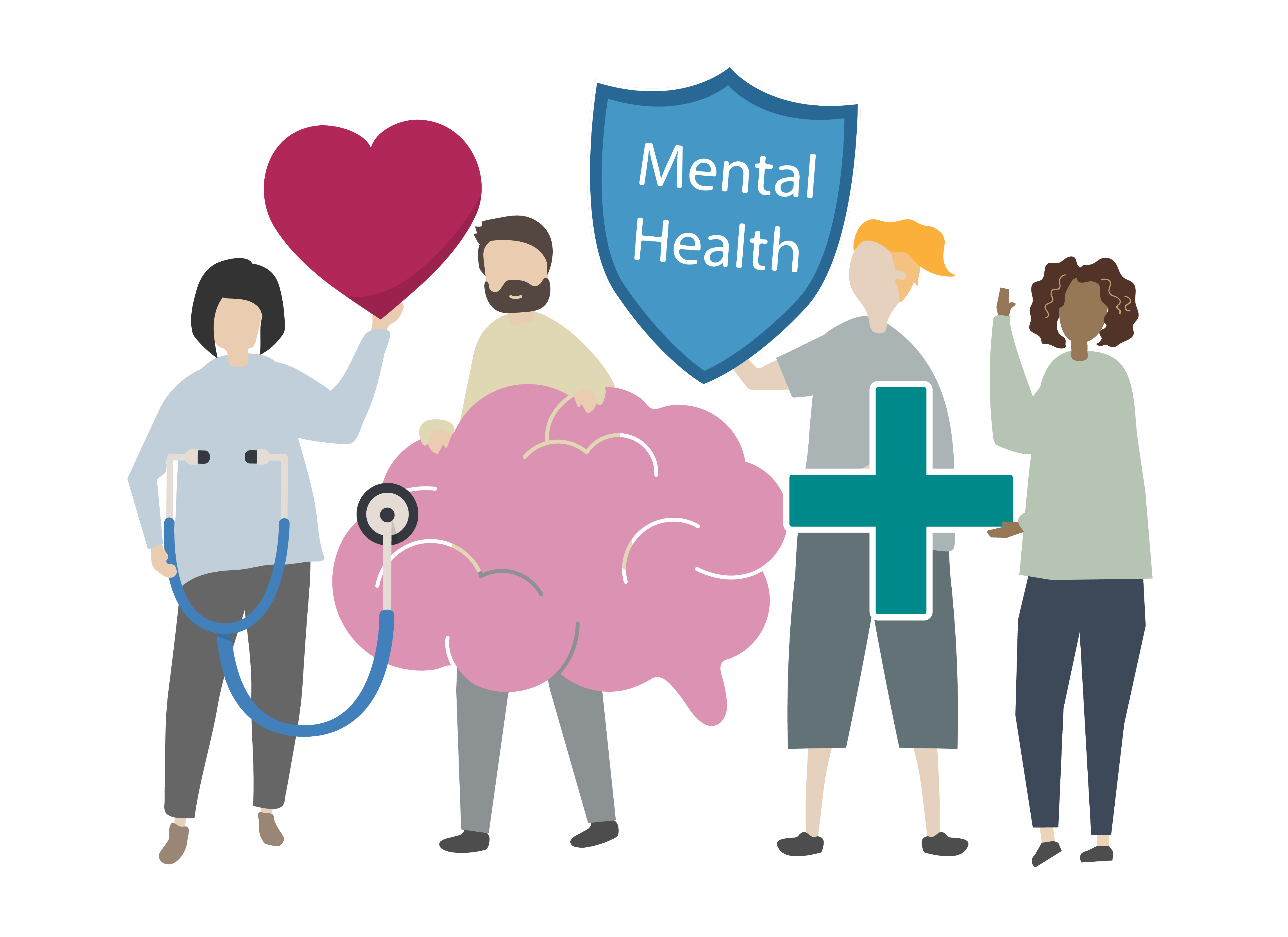There appears to be a general belief that the number of people experiencing anxiety and depression is on the rise. In this blog Clinical Research Training fellow Georgina and Lecturer Katie explore why this is not the case by looking at the prevalence of these disorders over time.

Katie
It is often reported that mental health problems, especially anxiety and depression, are on the rise. In fact, it sometimes feels like we are being bombarded by this message in the media, with alarming statements such as: “Clinical depression has surged to epidemic proportions in recent decades“; “A surge in anxiety and stress is sweeping UK campuses“; and “Why are more american teenagers than ever suffering from severe anxiety?“. These reports often attribute this “surge” to recent sociocultural changes, such as increased exam pressure for teenagers and the explosion of social media. But how convincing are the actual data ? Are anxiety and depression really on the rise?
It certainly seems to be the case that more people are accessing mental health services in the UK (1). In 2017, 32,000 more people began psychological therapy through the NHS ‘Increasing Access to Talking Therapies (IAPT)’ scheme than in 2016. At first glance, this might suggest a drastic increase in the experience of mental health problems. However, other factors might also contribute to this rise. For example, increasing availability of therapies through this popular scheme allows more people to receive support. Additionally, it may be that changes in attitudes and education around mental health have led more people to recognise the difficulties they are having and to seek access to services. These factors could lead to increased rates of mental health service access, without any change in the rate (or ‘prevalence’) of these conditions.
To understand prevalence, we need look at epidemiological studies that assess rates of mental health problems in the broader community, not just among those who are seeking help. By comparing community rates of anxiety and depression over time, we might expect to get a reasonable estimate of whether rates are rising. However, comparing studies conducted at different timepoints using different samples and methods can become tricky(2). For example, using different measures or assessments can produce slightly different estimates, even if the underlying prevalence is the same, which makes it hard to draw direct comparisons. In addition, as we learn more about anxiety and depression, the criteria we use to diagnose these conditions change, which muddies the waters further when trying to compare studies conducted at different times.
“Hard to draw direct comparisons”
With these caveats in mind, it is perhaps not surprising that findings across studies have been mixed. In an effort to synthesize research in the field, Baxter and colleges combined results from over a hundred studies in order to look at the global prevalence of common mental health problems between 1990 and 2010 (3). They estimated the prevalence of anxiety disorders to be 3.8% in 1990 and 4.0% in 2010. For depression, the prevalence was estimated to be 4.4% in both 1990 and 2010. This study therefore provides compelling evidence that rates of anxiety disorders and depression are actually remarkably stable. This message is also supported by data from the European Brain Council (ECB) and the European College of Neuropsychopharmacology (ECNP) report of 2011, showing strikingly similar prevalence estimates of anxiety disorders and depression in 2005 and 2011 within Europe (4).
Against this back-drop, there however is some thought-provoking evidence suggesting that there may be an increase in prevalence of anxiety disorders in young women (5). Further research is needed to be sure that this is a real change, but this possibility is so important that we will return to it in a future blog.
“Prevalence of common mental health problems is remaining fairly stable”
To summarise, overall there is relatively weak evidence for anxiety disorders and depression being on the rise, and any increase that has occurred is likely to be small. This challenges the narrative that modern society (social media, work pressures etc) is creating an ‘epidemic’ in mental health problems. However, even if the prevalence of common mental health problems is remaining fairly stable, there is nevertheless a substantial burden of mental health problems in society and population growth means that the actual number of affected individuals is increasing. The World Health Organisation estimated that in 2015, 264 million people were living with anxiety disorders worldwide. This represents a 14.9% increase since 2005 which they state reflects population growth and ageing (6). Even though rates may not be rising, many people affected are not able to access the support they needed. Therefore, there remains an urgent need to develop strategies for rolling out more effective, evidence-based treatments that are able to reach more people affected by anxiety and depression.
References
- https://www.england.nhs.uk/2017/12/1-4-million-people-referred-to-nhs-mental-health-therapy-in-the-past-year/
- Merikangas, K. R. (2018). Time Trends in the Global Prevalence of Mental Disorders in Children and Adolescents: Gap in Data on US Youth. Journal of the American Academy of Child & Adolescent Psychiatry, 57(5), 306-307.
- Baxter, A. J., Scott, K. M., Ferrari, A. J., Norman, R. E., Vos, T., & Whiteford, H. A. (2014). Challenging the myth of an “epidemic” of common mental disorders: trends in the global prevalence of anxiety and depression between 1990 and 2010. Depression and Anxiety, 31(6), 506-516.
- Wittchen, H. U., Jacobi, F., Rehm, J., Gustavsson, A., Svensson, M., Jönsson, B., … & Fratiglioni, L. (2011). The size and burden of mental disorders and other disorders of the brain in Europe 2010. European Neuropsychopharmacology, 21(9), 655-679.
- https://webarchive.nationalarchives.gov.uk/20180328140249/http://digital.nhs.uk/catalogue/PUB21748
- https://apps.who.int/iris/bitstream/handle/10665/254610/WHO-MSD-MER-2017.2-eng.pdf;jsessionid=EA2F4FA6CA148047A12DD322EF34C555?sequence=1




